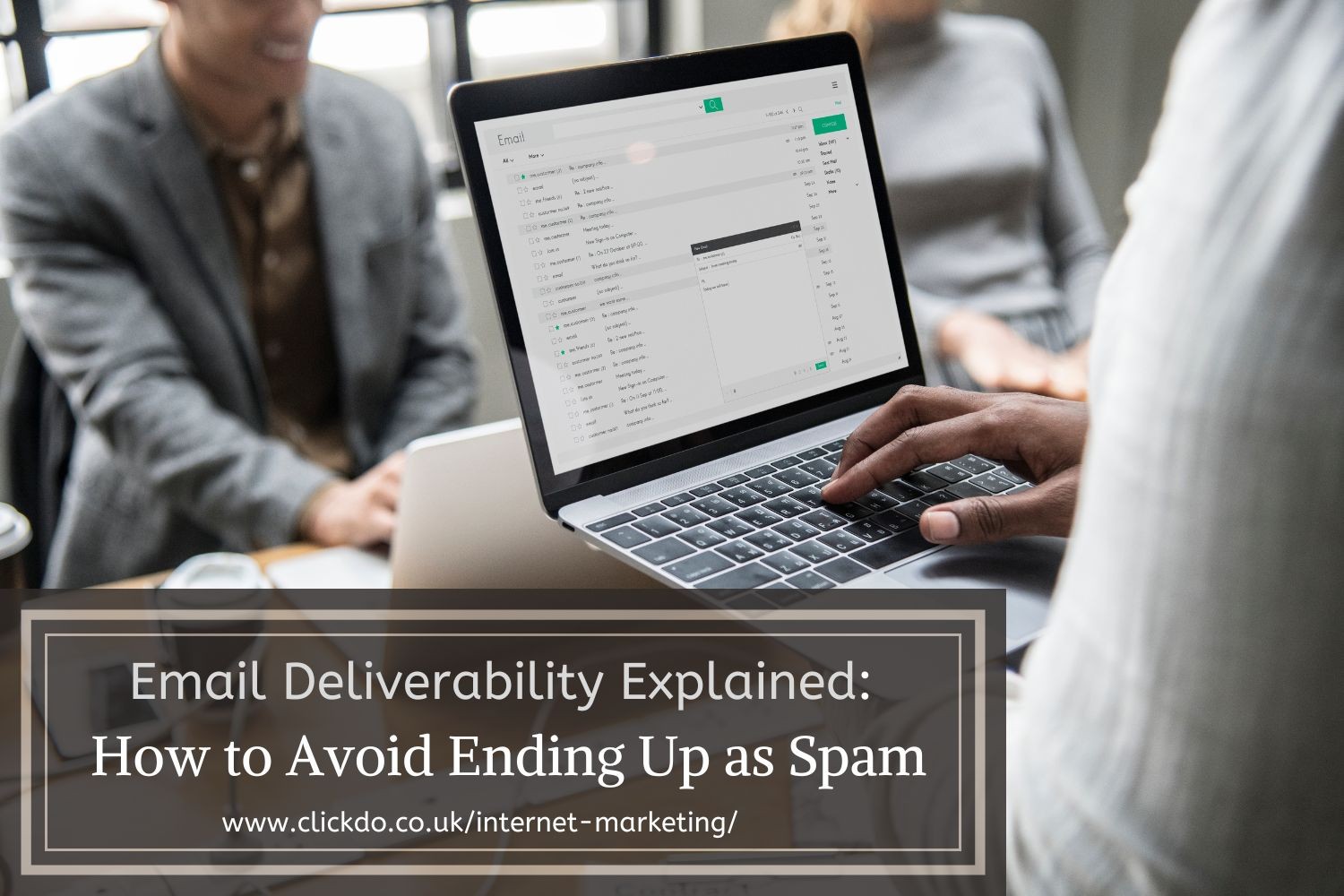
Email Deliverability Explained: How to Avoid Ending Up as Spam
Creating and honing a carefully crafted email takes a great deal of time and effort.
Even more so when you consider the time it takes to create whole campaigns or email sequences.
It stands to reason that you want to be sure that your emails actually deliver to the intended recipient.
Without being sure, you risk all your hard work for nothing.
What Is Email Deliverability?
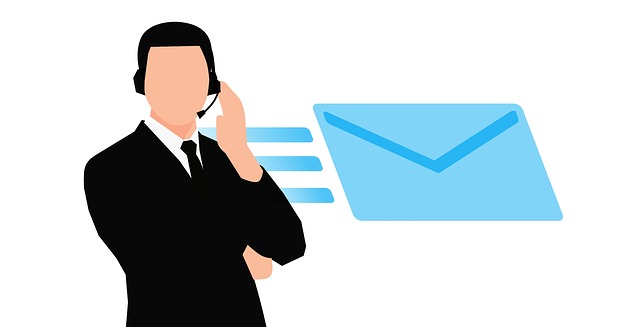
Email deliverability is a measure of how likely it is that your email is going to end up in your recipient’s inbox. There are several different factors that contribute to your deliverability, and these are measured on an email-by-email basis. That is that the deliverability for one email on a domain might be different for another email on the same domain.
What Determines Email Deliverability?

Deliverability is an incredibly important metric, especially when you take into account that spam emails make up the vast majority of all emails sent daily. In fact, on a standard day, we can expect around 300 billion spam emails to be sent.
Email providers want to protect their users from this torrent of spam and, therefore, build spam protection into their services. Email deliverability looks to help your legitimate business emails avoid overachieving spam filters.
There are several factors that make up email deliverability:
Bounce Rate
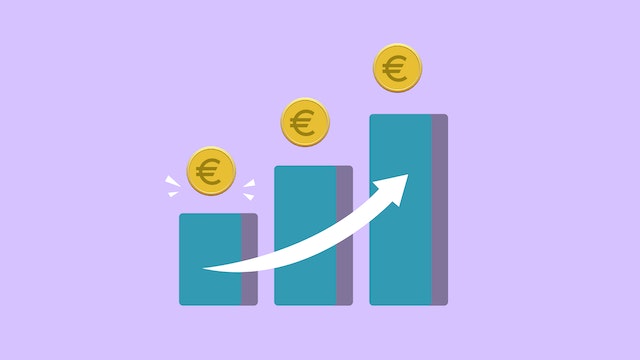
Bounce rate is when your email never reaches an inbox because the address doesn’t exist. The email address is invalid either because it has been misspelled or because it simply does not exist. If your campaign has a high bounce rate providers see this as an indicator that either you are attempting to email people without consent (spam) or you aren’t paying close enough attention to your email lists (mismanagement).
Spam Filters
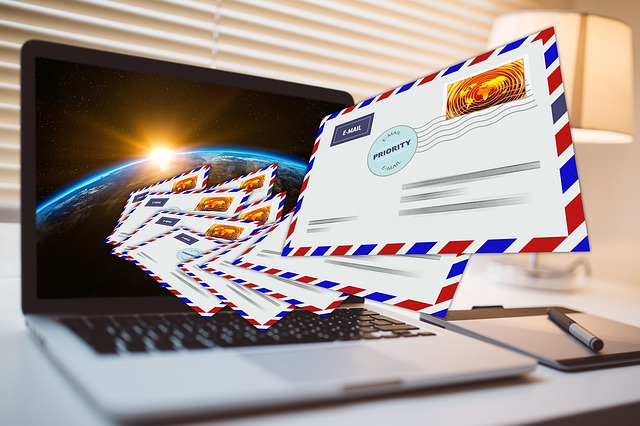
Spam filters are typically triggered automatically as the provider scans the content of the email for spammy words. These typically include phrases such as free, hurry, no cost, buy now, and others. Using a higher number of these words (sometimes using them at all) creates an image of spam and filters will block emails from being delivered.
IP Address Rating

Individual IP addresses will have a spam rating held by individual providers. These ratings are hard to shake and if a certain IP is flagged for sending spam regularly many emails from that IP will end up in spam folders.
You’re Not Using Email Warm-up
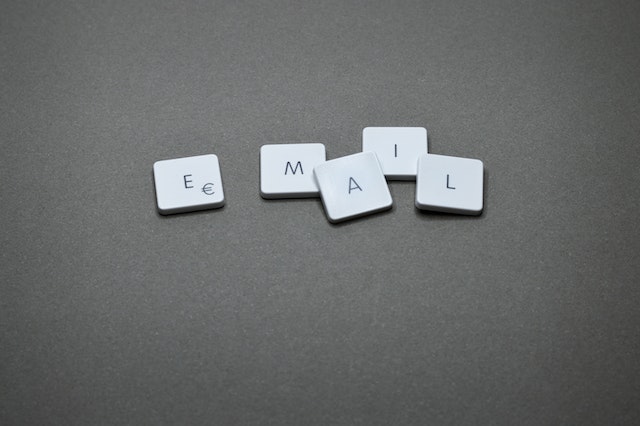
When providers detect a sudden spike in email sending it can set alarm bells ringing and throw up some red flags. This could be completely legitimate (your business has grown an email list and is now launching a campaign) or it could be a spam campaign. If it’s the former, being sent to spam is an annoyance, but is one that can be avoided by using email warm-up.
Poorly Selected Images

Huge images both in terms of space on the page and in bytes can come across as spam. If you’re sending an email campaign, keep images light and infrequent to increase deliverability.
Manual Marking

There is not a great deal that can be done about end users marking your email as spam. If a large number of your audience use the Report Spam button, then your reputation will be damaged and future emails will head to the spam folder. Worse still, this could lead to your inbox being blacklisted.
Improving Deliverability With Email Warm-up

Warming up your email account is a huge factor that affects the deliverability of your email marketing campaigns. Starting a new campaign, especially if you haven’t launched one before, can be something of a shock to the email system. Even aged accounts can face the same issues if their email sending has been relatively low in the past.
Using a warm-up tactic means that your reputation is slowly developed and the volume of emails that you can send (without going to spam) increases. It’s completely possible to warm up an email account manually but takes a huge amount of time and effort. You need to:
- Create a group of 20-30 people who will engage with your emails.
- Send them detailed instructions.
- Slowly ramp up the emails that you send them.
- Ensure they keep engaging (otherwise, this could have a detrimental effect!)
Thankfully, there are tools out there such as Instantly, that will completely automate the email warm-up process for you. Instantly generates AI-written emails that look great to the Gmail or Outlook algorithms, that receive a 100% open rate, and reply in an engaging way. After a 2–3-week period, with no heavy lifting on your part, your account is ready to go.
5 Easy Ways to Avoid the Spam Filter
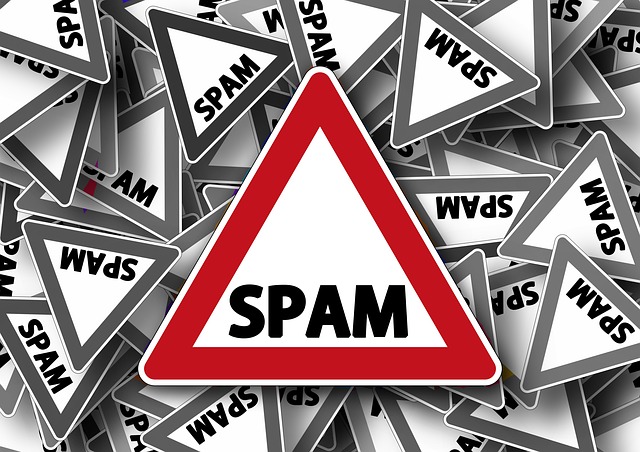
Email deliverability is important, it’s fair to say we’ve clarified that point. Thankfully, there are several tactics that you can employ to improve your email deliverability rate.
Opt-In Options

By asking users to opt-in (sometimes multiple times) you’re ensuring that their email addresses are valid. With email validation, it’s unlikely that emails sent to their address will bounce, and a lower bounce rate makes for a better deliverability rate. Many tools will offer double opt-in options, where a user receives an email asking them to validate their email. It’s simple but by clicking the link the email is validated.
Simplify Unsubs
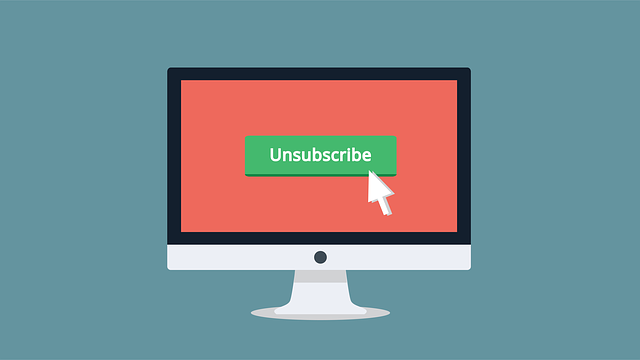
Users should be able to unsubscribe simply and easily. There might come a time when a user simply doesn’t want to hear from you anymore or signed up by mistake. Giving them an easy way out lowers the likelihood that they’ll resort to marking your emails as spam. It is, also, a legal requirement to offer unsubscribe options to emails.
Email Segmentation
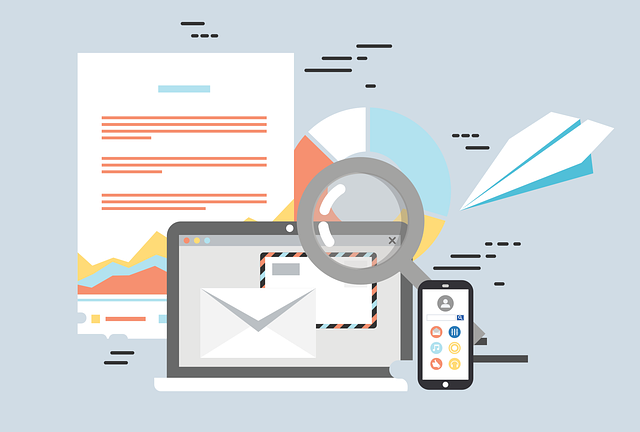
Breaking down your larger lists into smaller segments means that you can get specific and personal with your email campaigns. The more relevant and valuable your emails are the less likely they are to be marked as spam by the recipients. Plus, you’re far more likely to receive a higher level of engagement from the readers.
Remove Inactive Contacts

It can be tempting to keep the number of people on your list as high as possible, but sadly it’s just a vanity metric. Unless they’re actually engaging with your emails then there’s little point in them being on your list. Regularly cleaning your list of disengaged or inactive contacts hugely improves your open rates and increases deliverability.
Be Consistent With Your Alias

Emails from individual email accounts should look like they’re coming from one person in particular. When using an alias, the primary email account is still dealing with all of the email activity, the alias is just a front. The anonymity that goes alongside using aliases might be appealing in some scenarios, but cold outreach campaigns aren’t one.
Key Takeaways
Email deliverability matters, especially if you’re launching a new cold outreach campaign. If you haven’t launched a mass email campaign before, make sure that you warm up your accounts first. Delivering valuable, useful content to the recipients should always be the primary goal and will hugely help with deliverability. Taking the time to work through the tactics above will drastically improve the deliverability of your campaigns. Happy recipients, happy businesses

